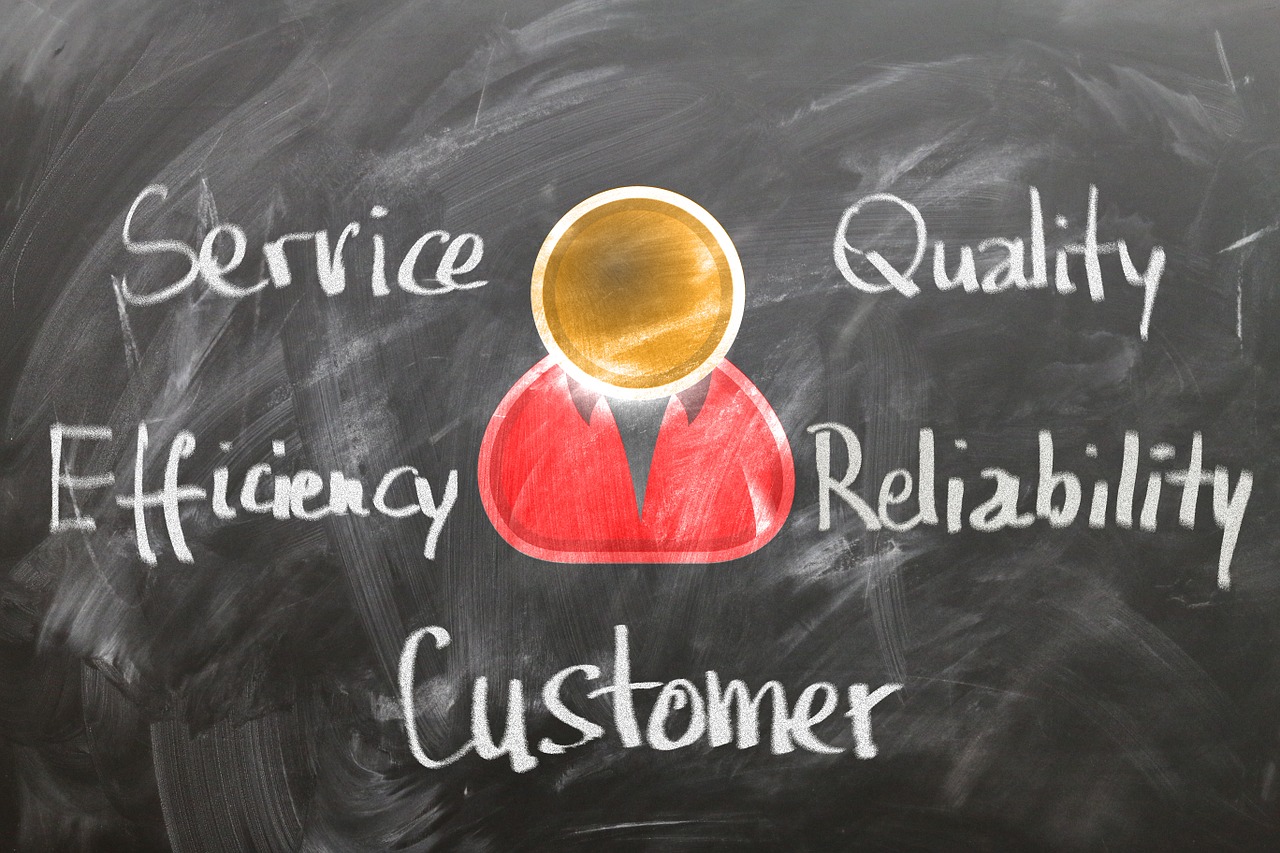By Frank Andorka, Senior Correspondent
What Happened: Damn, that was cold – although you have to admire solar’s opponents in South Carolina for employing an obscure legislative sleight of hand to kill a bill that would have eliminated residential net metering caps.
- After the utilities raised all holy hell about how removing net metering caps would COMPLETELY DESTROY THEIR BUSINESS RIGHT NOW, the cowards in the South Carolina House of Representatives reclassified the bill as a tax increase, which mean it needed a 2/3 majority instead of a simple majority.
- So…solar advocates in South Carolina can kiss the expected industry expansion goodbye, at least for now.

SolarWakeup’s View: Those of you who know me recognize me as one of the most cynical human beings in the world, especially when it comes to the Wild-West world of politics. But even my breath was taken away by how brazenly South Carolina’s utility monopoly stole a solar-expansion bill out from under the industry with an obscure legislative maneuver that twisted the bill’s purpose into something unrecognizable, even to its own sponsor.
Remember that article I wrote all the way back on Friday? About how the South Carolina House of Representatives had voted to lift residential solar net metering caps, a move destined to expand the state’s burgeoning solar industry and bring it more in line with its northern neighbor? Remember how I suggested that we not celebrate quite yet because it still had to pass the Senate before becoming law?
Little did I know the utility monopolies would buy their way back into the House to kill it there before it even had a chance to be debated in the upper house.
Through a legislative sleight of hand, the bill – which passed with a majority just last Friday – magically became a “tax increase” bill, which requires a vote of 2/3 of representatives instead of a majority. As a result, another vote was taken, and the bill failed to get to 2/3 by nine votes.
I mean…wow. Just. Wow.
The gobsmacking chicanery in South Carolina highlights a question that is central to whether solar will continue to thrive in this country: Will we continue to let state-supported utility monopolies continue to keep the United States from modernizing and updating our electric-generation system? Or will the people – who, as I wrote about yesterday, want a distributed-generation solar future – finally say, “Enough is enough.”?
It’s time to hold state representatives who decide to side with utility monopolies over their constituents accountable. Let’s vote the bastids out.
More:
South Carolina House kills pro-solar bill after last-minute rule change
The Latest: Solar Energy Bill Killed in Legislative Surprise
South Carolina Sends Solar Soaring With Cap Removal




